Unigine ‘Heaven’ – The First DirectX 11 Benchmark
A DirectX 11 Benchmark Arrives
Last week on October 22, Unigine Corp. announced the release of the World’s first true DirectX 11 benchmark “Heaven” that is based on its proprietary Unigine engine. This is fairly big news as we can finally get to see how DirectX 11 will look and run on the latest DirectX 11 graphics cards from AMD. The “Heaven” benchmark provides the following key features:
- Native support of OpenGL, DirectX 9, DirectX 10 and DirectX 11
- Comprehensive use of tessellation technology
- Advanced SSAO (screen-space ambient occlusion)
- Volumetric cumulonimbus clouds generated by a physically accurate algorithm
- Dynamic simulation of changing environment with high physical fidelity
- Interactive experience with fly/walk-through modes
- ATI Eyefinity support
The benchmark looks really impressive, so before we go straight to the benchmark numbers we wanted to show you some screen shots that we took from the benchmark.
The scene above is rendered in DirectX 9 and you can see how the roof and stone work in the building corners is relatively flat. This scene reminds me a little bit of the cs_italy map from counter-strike, which is sad considering that map was released over seven years ago.
With DirectX 11 enabled the same scene comes to life thanks partly to Tessellation, which is one of the more important DirectX 11 features. Without Tessellation enabled there is no displacement so things are flatter in DirectX 9 or with Tessellation turned off.
The Italian cobblestone-covered street in the benchmark looks flat and plain when running DirectX 9, which is far from what a real cobblestone street would look like.
With DirectX 11 enabled the cobblestone-covered street in the benchmark comes to life! if you think this looks impressive wait until you see what the wireframe looks like!
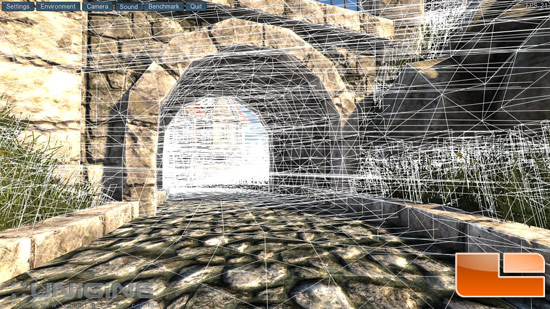
Here we see the scene being rendered in DirectX 9 without any Tessellation taking place. The lines going across the scene horizontally were flickering and likely a bug with the benchmark as they don’t seem to be doing anything.

This is what it looks like with DirectX 11 hardware running true displacement mapping (Tessellation and displacement mapping)! You can clearly see that they are using bump mapping and Tessellation to bring depth to many of the objects being rendered. Tessellation is something that can only be done on ATI Radeon HD video cards as NVIDIA doesn’t have any cards capable of doing Tessellation on the market yet. This demo may have exaggerated the effect so it could be more apparent, but this shows off what Tessellation can do over say parallax occlusion mapping.
Let’s take a look at our test system and move on to benchmarking the Radeon HD 5870, 5850, 5770 and 5750 graphics cards!

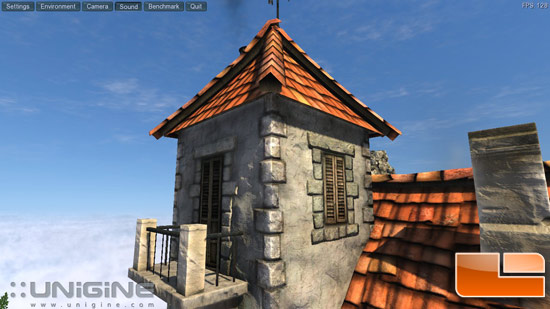
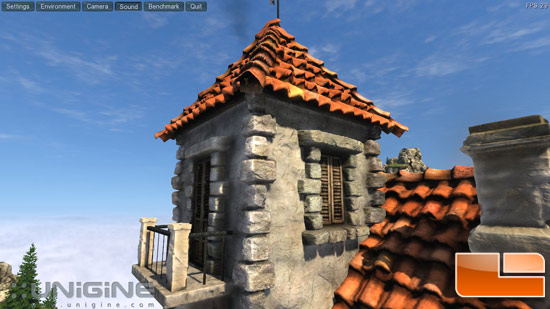
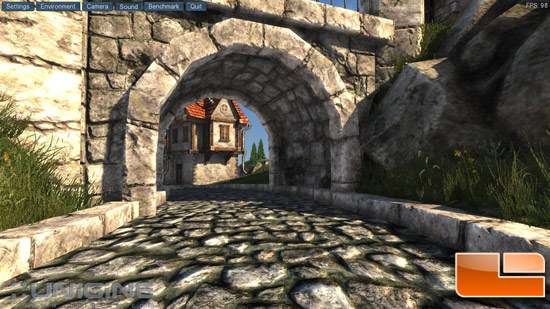
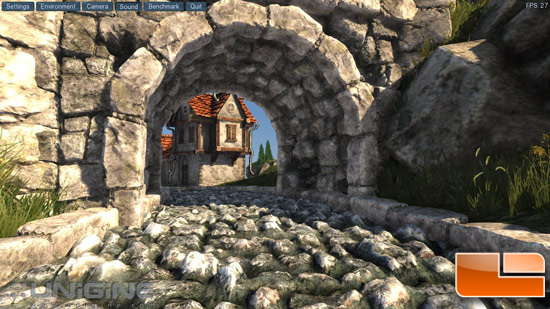
Comments are closed.